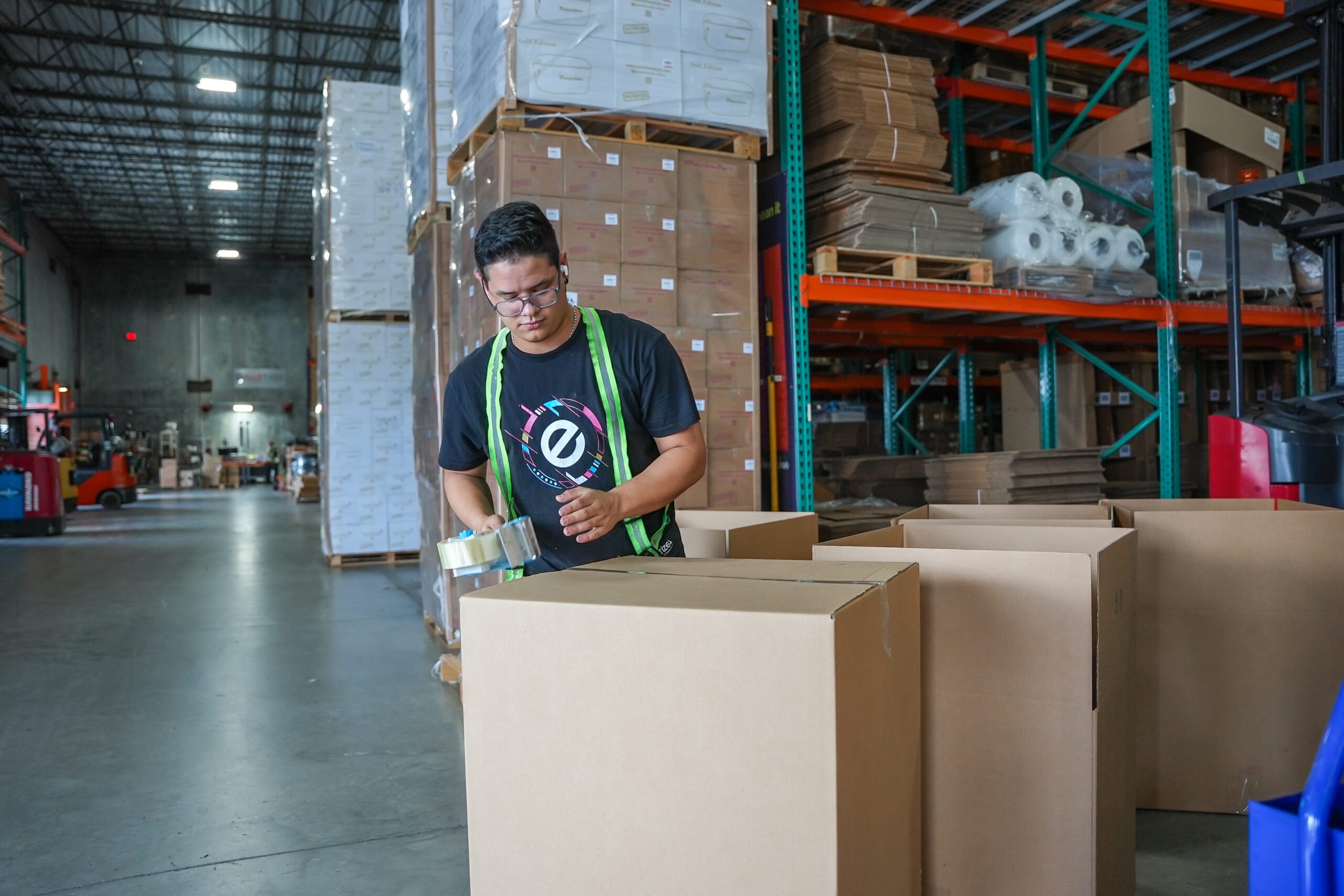7 Proven Ways to Reduce Shipping Costs Without Compromising Service
Shipping can be one of the biggest operating expenses for online stores and retailers. However, the good news is that you can reduce shipping costs without lowering the quality of your customer service. In fact, by using smart strategies, you can even improve customer satisfaction while increasing your profit margins.
To help you achieve this balance, here are 7 proven ways to lower shipping costs without sacrificing the quality of your service:
1. Right-Size Your Packaging
One of the most effective ways to reduce shipping costs is by optimizing your packaging. Carriers often use dimensional weight pricing, which means you’re charged based on the size of the box—even if it’s light.
For example:
-
Choose custom-fit packaging to eliminate empty space
-
Switch to poly mailers for lightweight, non-fragile items
-
Avoid oversized boxes that result in unnecessary fees
As a result, not only do you save money, but you also enhance the unboxing experience and show customers that you’re eco-conscious.
2. Compare and Negotiate Carrier Rates
Many businesses stick with one shipping provider out of habit. However, doing so can limit your options and cost you more in the long run.
Instead:
-
Compare rates from multiple carriers like USPS, UPS, FedEx, and regional couriers
-
Use your shipping volume as leverage to negotiate discounts
-
Consider third-party logistics providers (3PLs) with bulk shipping deals
Consequently, even saving a few cents per order can add up significantly over thousands of shipments.
3. Consolidate Shipments
When possible, combining shipments can significantly reduce both packaging and shipping expenses. This is especially helpful if a customer places multiple orders within a short time.
Here’s how:
-
Consolidate multiple orders into one box
-
Group orders heading to similar destinations
-
Offer a scheduled delivery option that reduces last-minute rush fees
Therefore, you’ll save money, minimize waste, and simplify the delivery process for your team.
4. Leverage Shipping Software
Manually comparing shipping rates and printing labels is time-consuming. Fortunately, there are tools available to automate the process and find you the best rate instantly.
Consider using:
-
ShipStation
-
EasyPost
-
Pirate Ship
-
ShippingEasy
These platforms allow you to compare carriers side by side, print shipping labels in bulk, and track orders efficiently. As a result, you’ll save time and money with each shipment.
5. Offer Flexible Shipping Options
While customers love free shipping, not everyone expects or needs it to arrive the next day. Therefore, it’s wise to offer a variety of shipping speeds and costs.
You could offer:
-
Free standard shipping for orders over a certain amount
-
Paid express delivery for time-sensitive purchases
-
Local pickup options for nearby customers
This way, you let customers choose what works best for them, while you avoid overpaying for unnecessary express services.
6. Optimize Returns for Cost Efficiency
Returns are inevitable in eCommerce. However, you can reduce their impact on your shipping costs by making the process more efficient.
Here’s what you can do:
-
Include detailed product descriptions and sizing guides
-
Use prepaid return labels with volume-based discounts
-
Work with fulfillment providers like Palletized to streamline reverse logistics
As a result, your returns process becomes more predictable, cost-effective, and customer-friendly.
7. Track and Analyze Shipping Performance
Shipping optimization isn’t a one-time fix—it’s an ongoing process. Therefore, it’s crucial to monitor your shipping data regularly and make improvements based on real metrics.
Start tracking:
-
Shipping cost per order
-
Delivery speed and success rates
-
Common delays or surcharge areas
With this data, you can identify what’s working and make informed decisions to continuously reduce costs.
🚀 Final Thoughts
To sum it up, it is absolutely possible to reduce shipping costs without compromising customer satisfaction. By focusing on packaging, shipping tools, carrier negotiations, and return strategies, you’ll create a more efficient logistics operation while still offering top-tier service.


